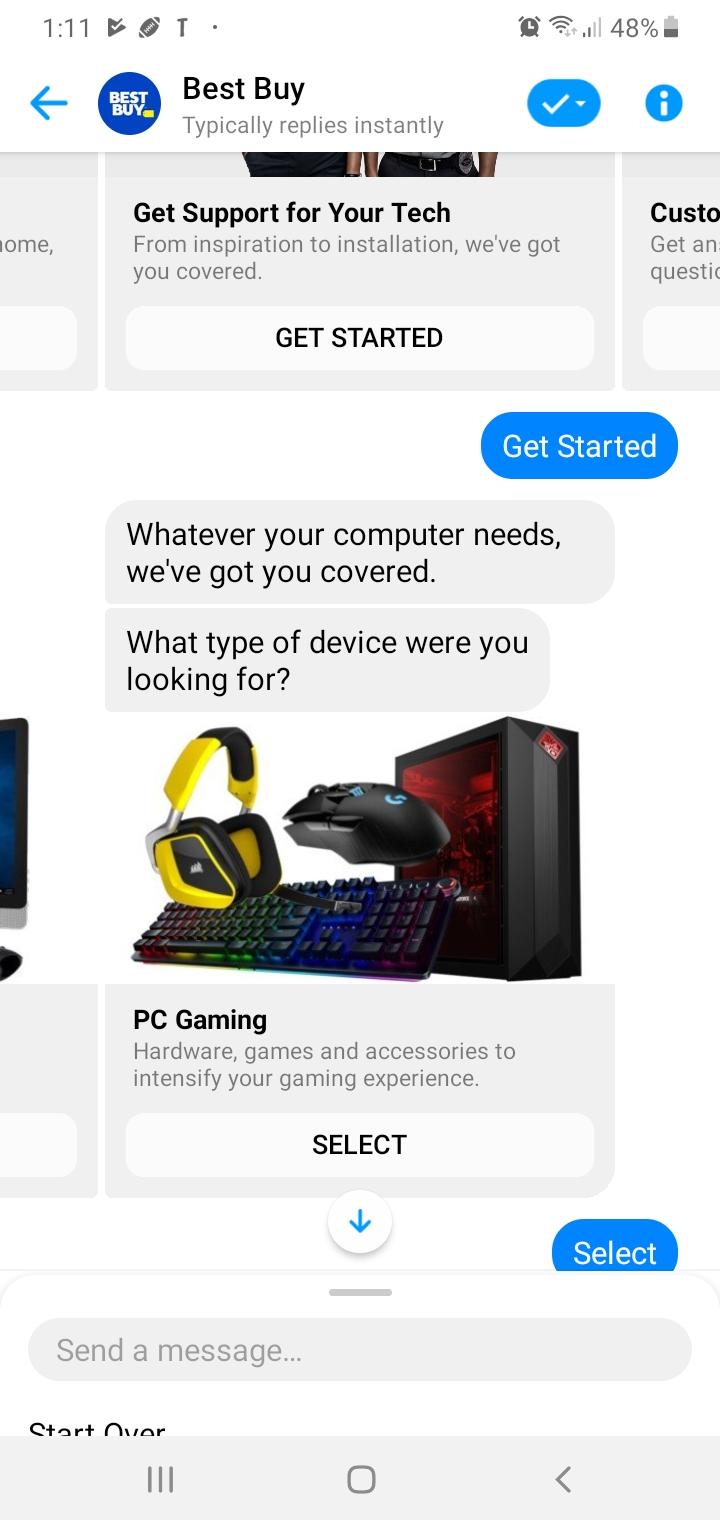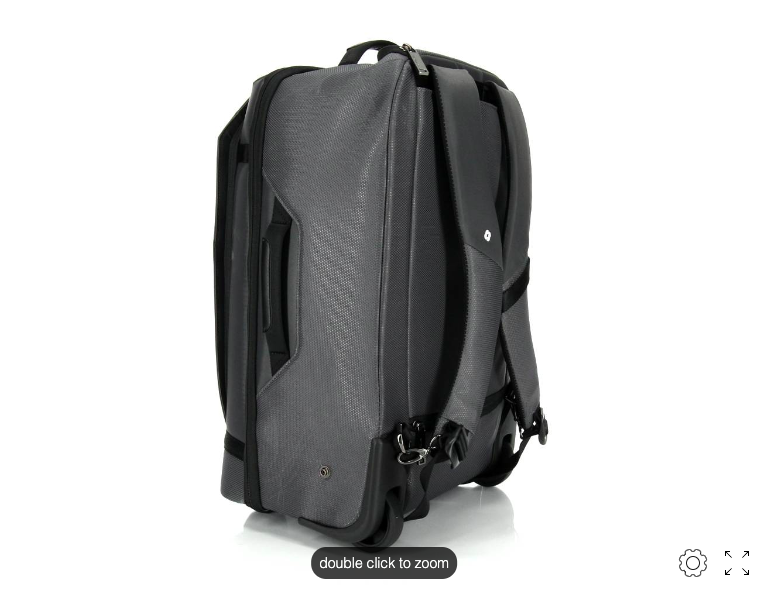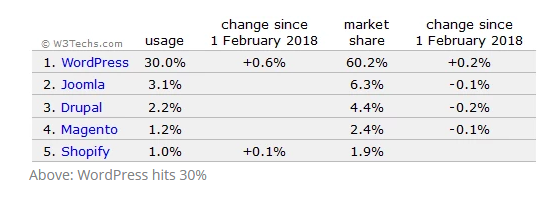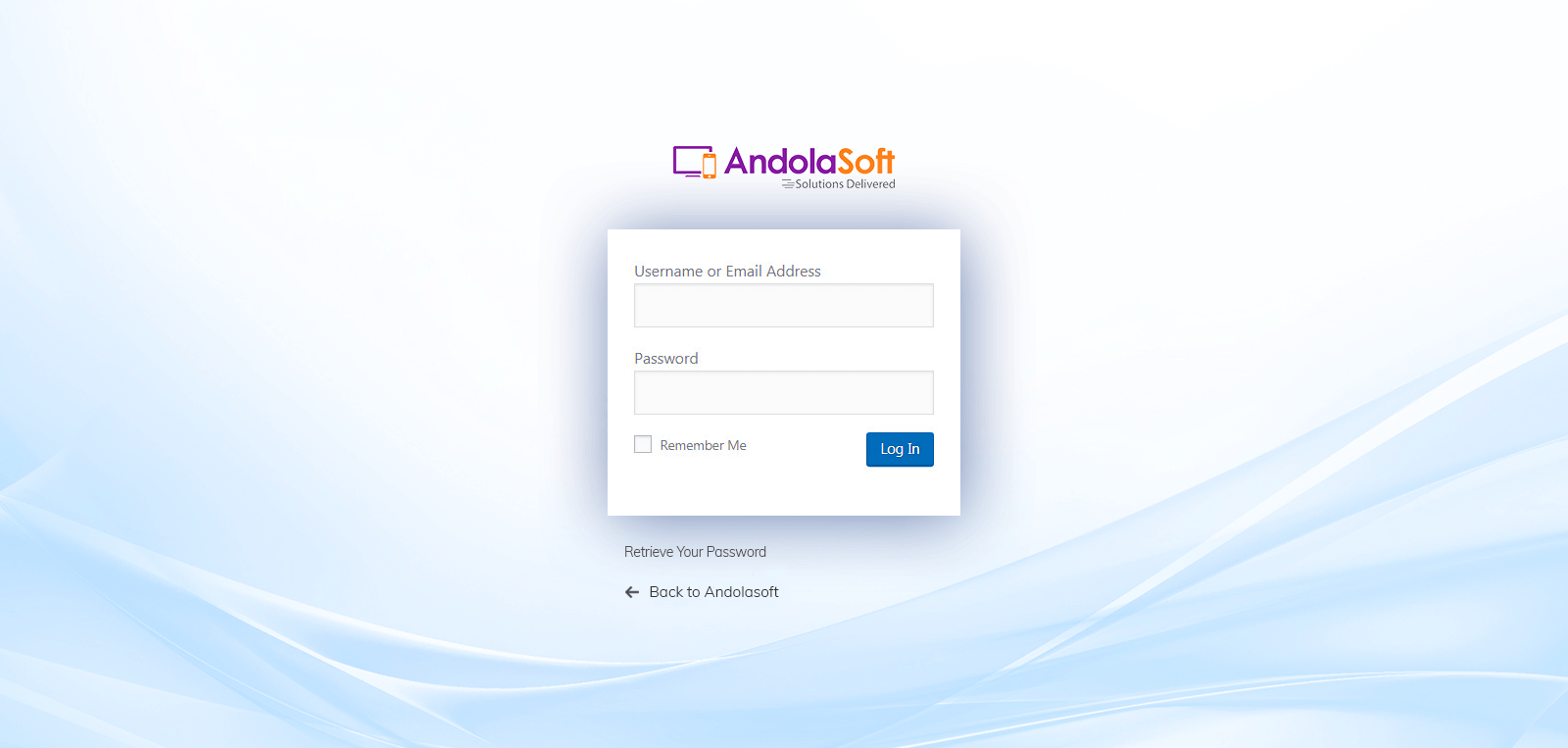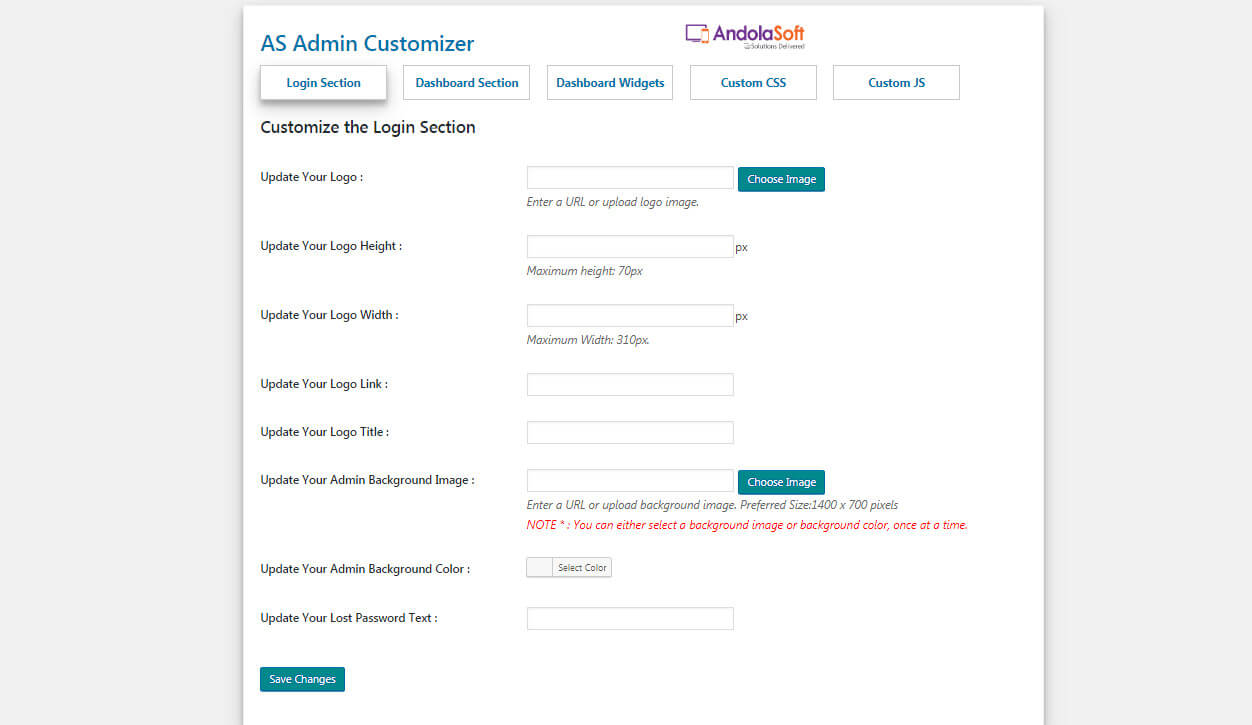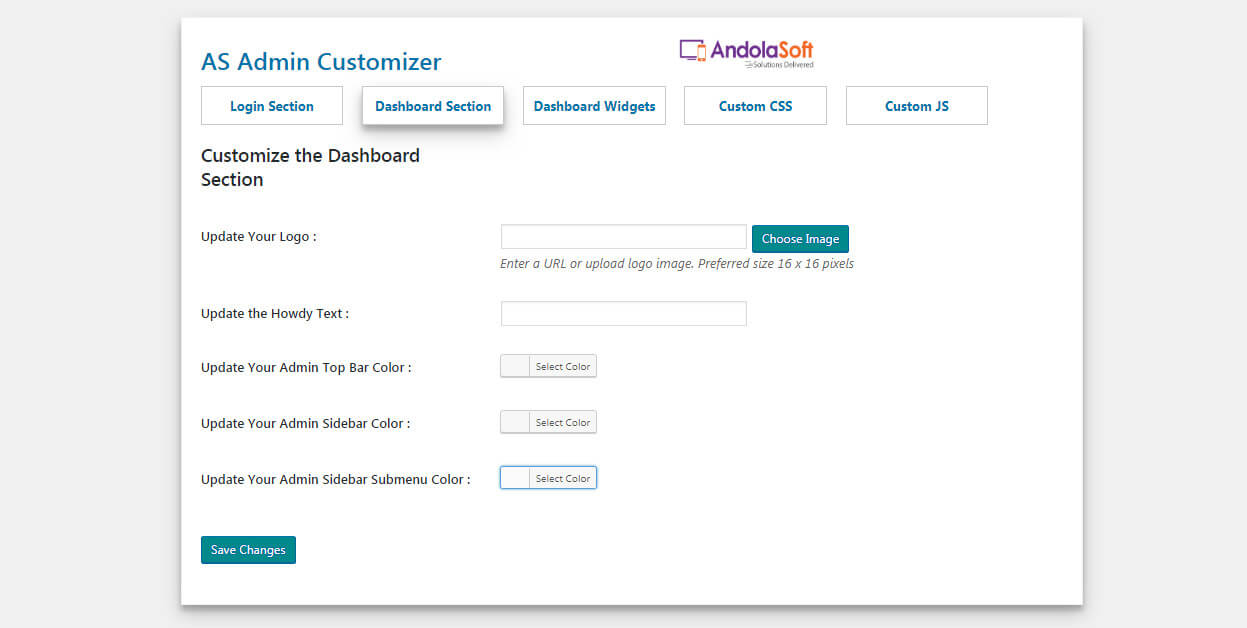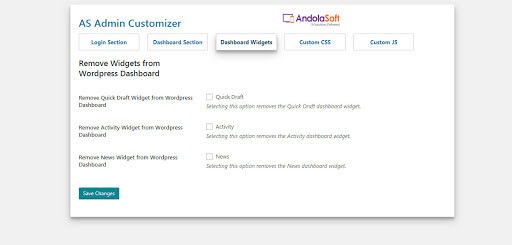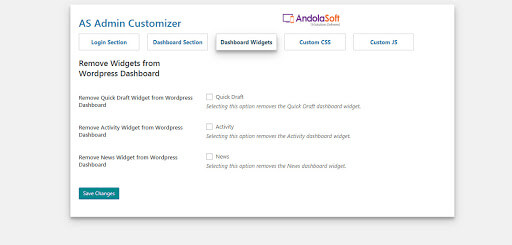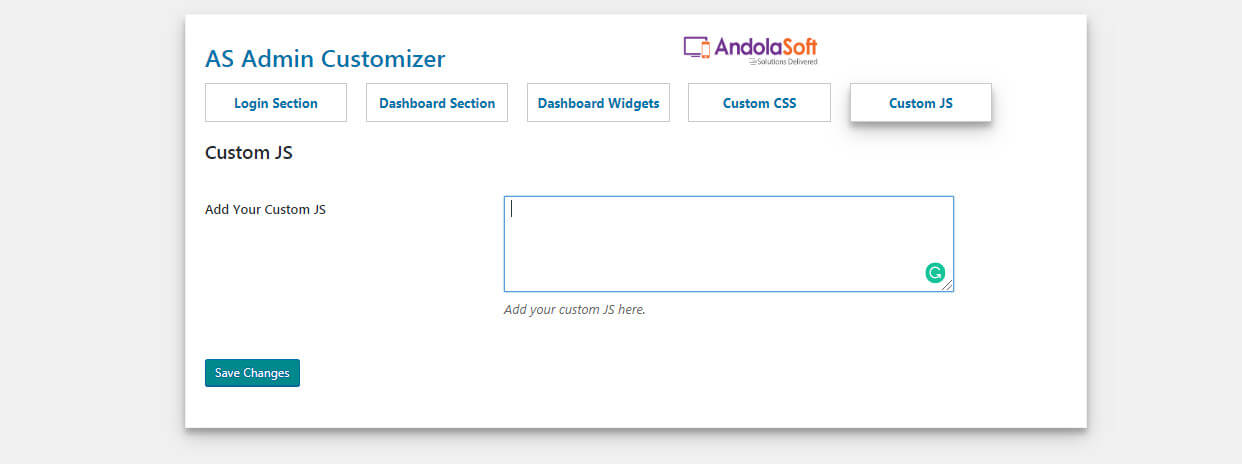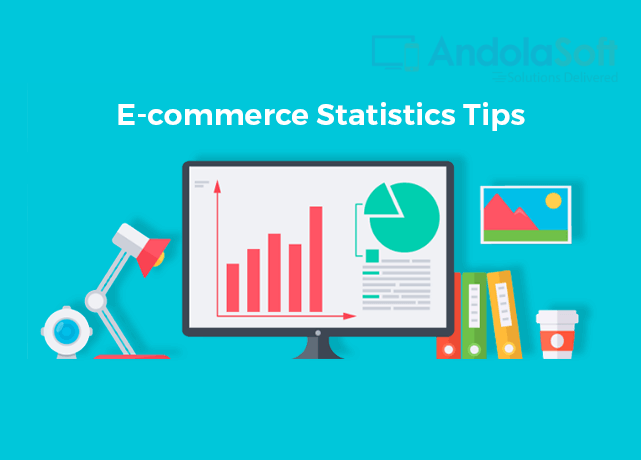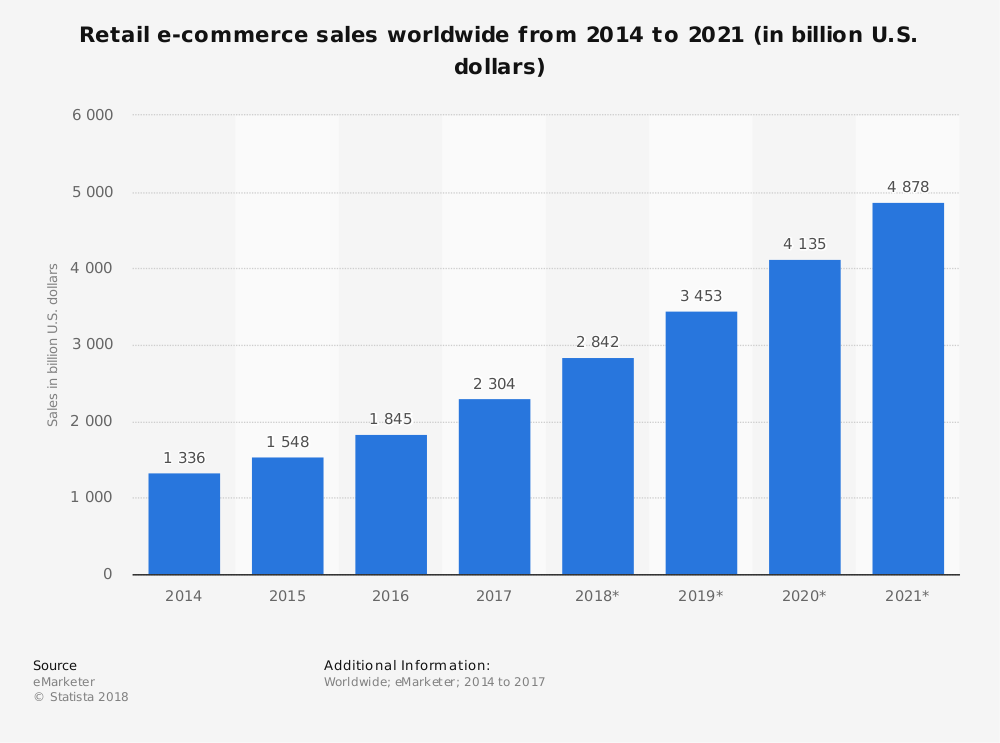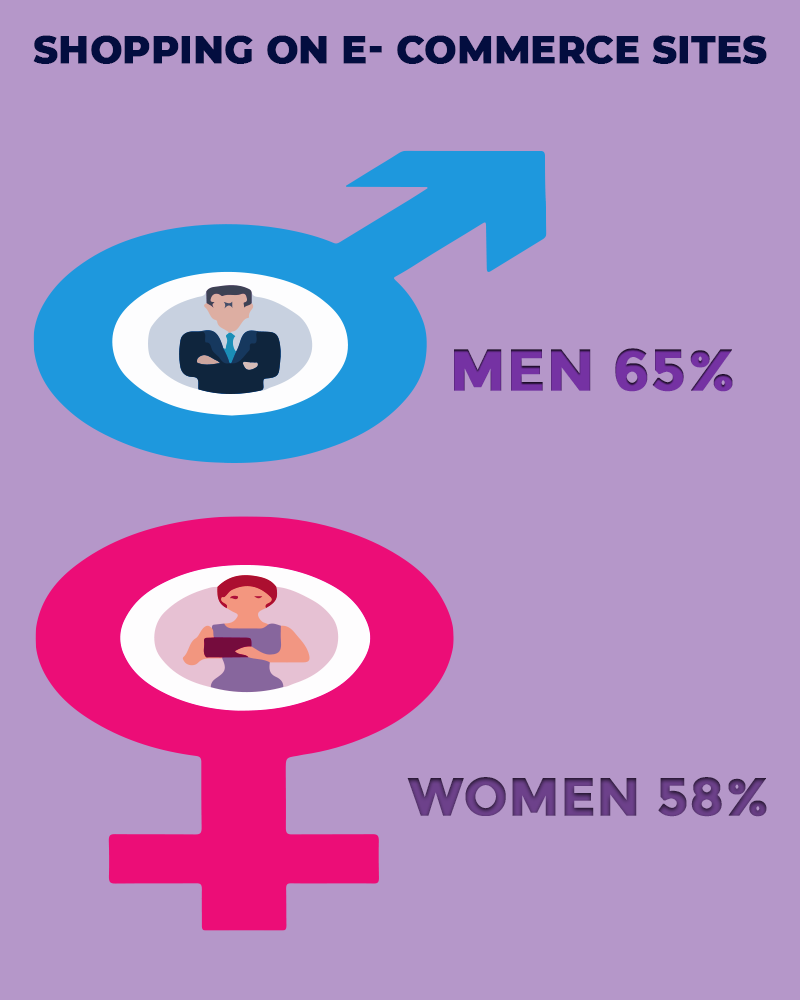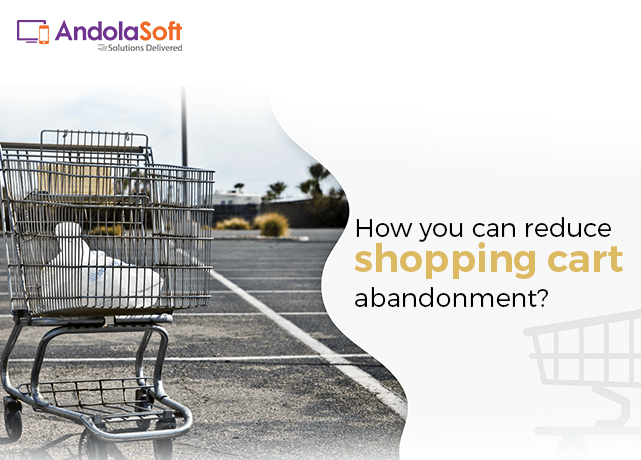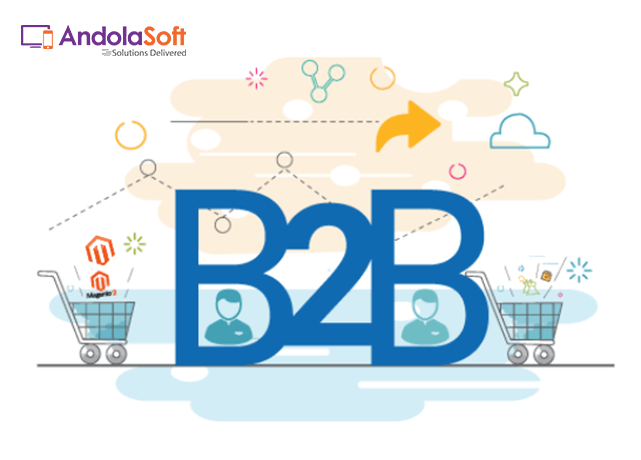The eCommerce market has become highly competitive. The idea of an online store has inspired many to become entrepreneurs.
However, this means that if you want to grow your company you need to stand out from the crowd. Besides uniqueness, devotion to marketing, and product quality, there is something else that can help you out – localization.
As the eCommerce market is growing, you can use the assistance of international customers to improve your company’s success.
This is your opportunity to reach a wider audience and spread awareness about your company. Not to mention that you’ll evoke trust in potential customers by providing them product descriptions in their own language.
So, if you are ready to take your eCommerce store to the next level, this is what you need to know.
What is Localization?
If this term seems somewhat familiar to you but you aren’t sure what it is really about, let’s clarify it.
First, you need to understand that localization is not the same as translation.
The translation is converting the text from one language to another.
Never miss an update from us. Join 10,000+ marketers and leaders.
While localization does include translation in its process, it also demands that you use cultural context to convey the message. Meaning, that with localization you adapt the content to the culture it is intended for.
So, when you localize your website, you will translate the landing page, product description, image descriptions, and every other aspect of your website but you’ll also adapt it to the targeted culture.
The reason why localization is more valuable for sales growth is that you appeal to the new customers’ habits, traditions, and beliefs rather than just translating content word by word.
Common Sense Advisory did a study on 2,430 online consumers that spread across eight countries and the results showed that 72.4% of potential customers are more likely to buy a product if they can find the information in their native language.
Start by looking at your website’s analytics with the help of Google Analytics and find out where is your traffic coming from. This will help you define which languages and countries you should aim for.
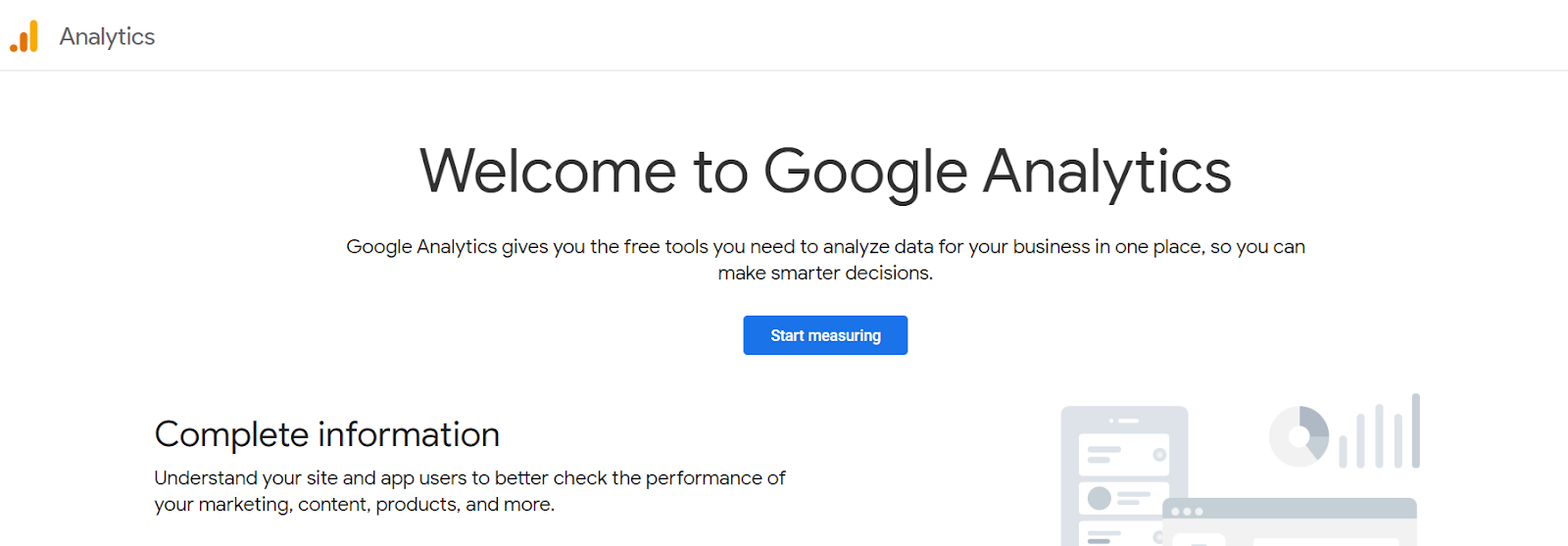 Image Source: Google Analytics
Image Source: Google Analytics
Machine Translation or Human Translation?
While using machine translation can be faster and therefore, more tempting, you should be aware that it can never provide you with the quality that human translation can.
Localization is an especially tricky task because you need more than just transforming the content from source to target language. You also need to adapt the translation to the targeted culture.
Instead of hiring a translator, you should think about working with a localization expert who has experience in this field. He or she can give you pointers on what you need to pay attention to on your website if you want to appeal to the target audience.
If you feature some holiday discounts/sales on your website, keep in mind that countries celebrate different holidays. Talk with your localization expert about this aspect of localization and make sure to adapt it to the targeted country.
Improve Customer Service
Responding to customers’ inquiries is a highly impact aspect of the eCommerce business. If you don’t deal with questions that your potential customers have about your products, you won’t be able to earn their trust.
For that reason, as a part of your localization process, you should provide customer service in multiple languages.
There are several options depending on your plans and your budget:
- Hire a customer service team that can address customers’ inquiries in their native language.
- Hire a professional translator to translate FAQ to cover the most important questions.
- Use machine translation just for the FAQ to cover the most important questions.
Adapt the Website’s Look
Depending on target audience differences, you might need to think about adapting your website as well.
There is more to localization than just translating the content based on the target culture. You should also think about the visuals that will be most effective.
Take Amazon as an example. While Amazon’s websites for the UK and Germany don’t differ, there is a clear difference between the European Amazon website and the Chinese Amazon website.
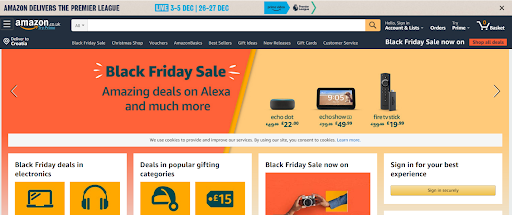 Image Source: Amazon UK
Image Source: Amazon UK
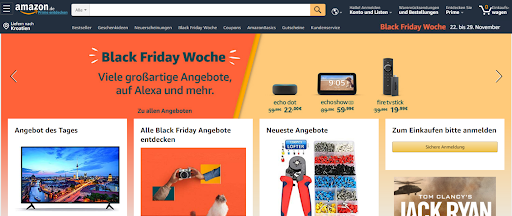 Image Source: Amazon Germany
Image Source: Amazon Germany
 Image Source: Amazon China
Image Source: Amazon China
This global company is aware of differences between its target audiences so they adapted the visuals.
While the European audience has a similar taste, the Chinese audience prefers a more vivid, bright, and colorful visual effect which is evident in Amazon’s choice of design.
Choose an Appropriate Platform
Before you start with localizing, you need to make sure that your current eCommerce platform is adequate for localization.
For example, it should offer order management integration, international shipping, multi-currency options, and be tailored for translation to different languages.
To ensure the security is on point, check with your provider if the platform supports the rule of the global Payment Card Industry Data Security Standard (PCI).
Localized SEO
Optimizing an eCommerce website is very important for a company that aims at growth. If you don’t optimize the website, the customers won’t be able to find your products, and therefore you’ll fall short in organic traffic.
The thing with localization is that you need to adapt to the website’s SEO as well.
Why?
Well, different countries have different preferences when it comes to online searches. For example, even though Google is the most popular search engine in the world, other search engines are used as well.
Users in China use Baidu (68.78%), users in Russia prefer Yandex (51.6%), and some Japanese users prefer Yahoo (23.09%).
Depending on the search engine, you need to adapt the SEO efforts accordingly.
I’ve worked with the team at Andolasoft on multiple websites. They are professional, responsive, & easy to work with. I’ve had great experiences & would recommend their services to anyone.
Ruthie Miller, Sr. Mktg. Specialist
Salesforce, Houston, Texas

Also, pay close attention to keywords. They shouldn’t just be translated word for word. There might be some variations that will influence the keywords.
If you run a US website and you want to adapt it for the UK market, keeping the word “sweater” as a keyword will hurt your SEO because the UK audience will rather use the word “jumper” in their search.
Even such simple changes can make a huge difference.
Some Final Thoughts
Localization can be one of the key moves you need to expand your global reach.
Unless you explore international markets, you’ll never know how the global audience will respond to your products or services.
With localization, you can affect the purchase decisions, build trust, and personalize the shopping experience.
The above-mentioned guidelines will give you all the information you need to execute the localization perfectly. Through the whole process, just keep in mind that user-friendliness is what you need to aim for.
Localization can provide the customers with a positive shopping experience and get them to fall in love with your eCommerce store.

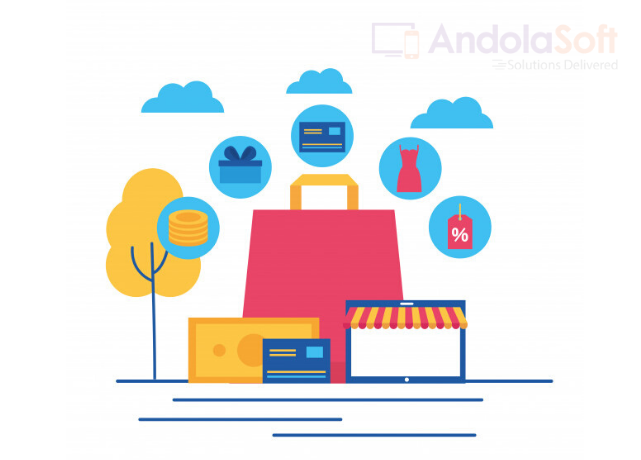

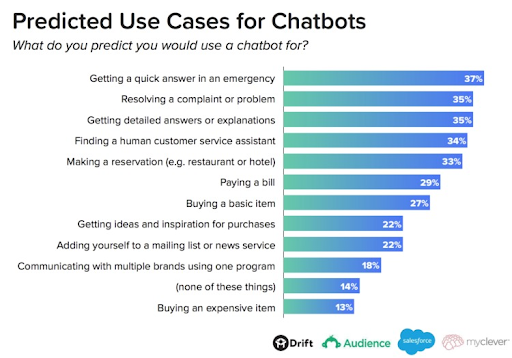 Source: The 2018 State of Chatbots report
Source: The 2018 State of Chatbots report